1. Check Your Tires

Winter tires offer the grip you need on icy or snow-covered roads, so consider swapping out your regular tires if you live in an area with harsh winter weather. The rubber in winter tires remains softer in cold temperatures, providing a better grip on slippery surfaces.
Additionally, check your tire pressure regularly, as colder weather can cause it to drop, which can affect traction. Tread depth matters, too; worn tires can’t grip the road properly, so if your tread is low, it’s time for a replacement.
2. Clear All Snow and Ice from Your Car
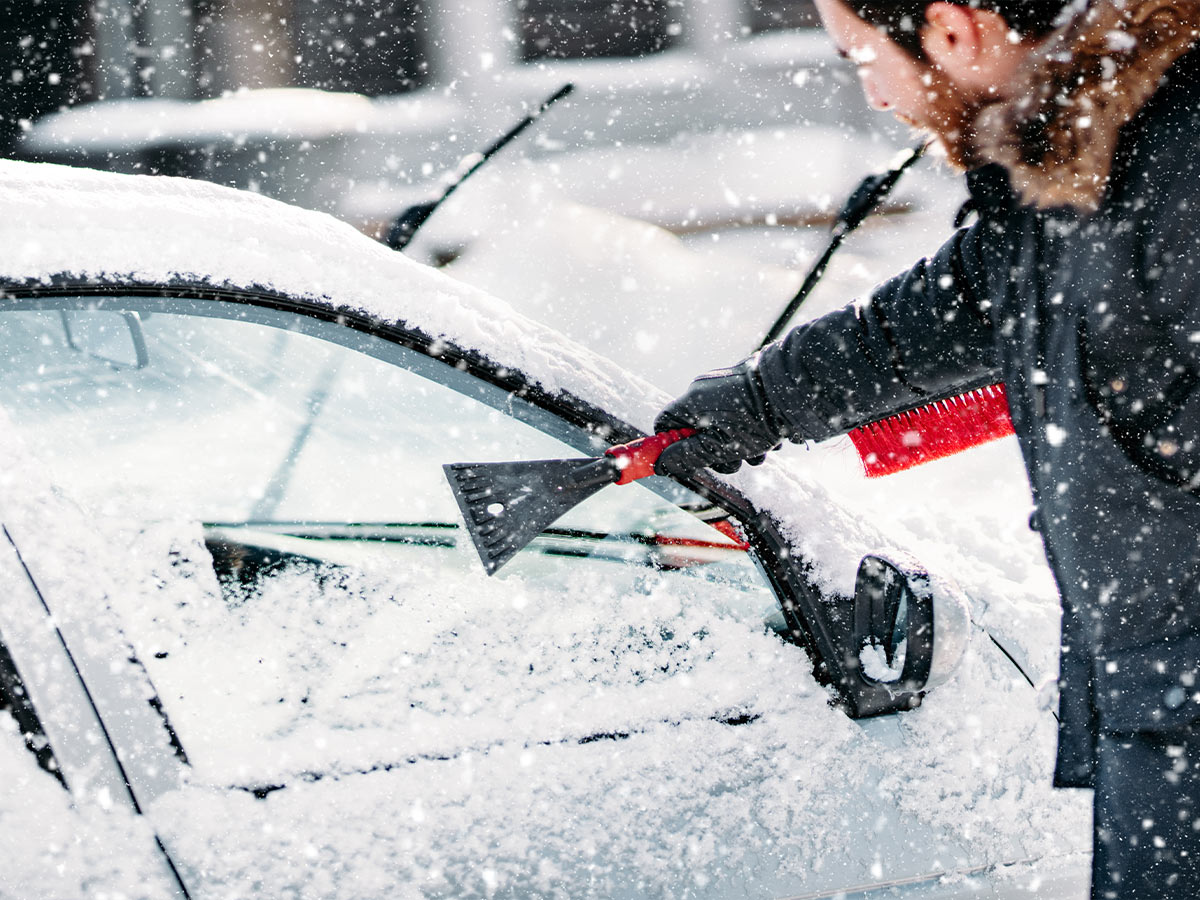
Clearing snow and ice from your car isn’t just about your own visibility—it’s also about protecting others. Snow flying off your car can hit the windshield of the vehicle behind you, creating sudden, dangerous visibility issues.
Use an ice scraper and snow brush to completely clear your windows, mirrors, lights, and roof. Pay special attention to the roof, hood, and trunk, where snow can easily slide off and become a hazard.
3. Use Your Headlights Wisely

Proper lighting is critical in winter, when visibility can be reduced due to fog, snow, or rain. Use your headlights during the day if the weather is poor, as they help others see you even when visibility is low.
However, avoid using high beams in foggy or snowy conditions, as the light reflects off moisture in the air and can make it harder to see. Make sure your headlights are clean and working correctly, and replace any burnt-out bulbs promptly
4. Slow Down and Increase Following Distance
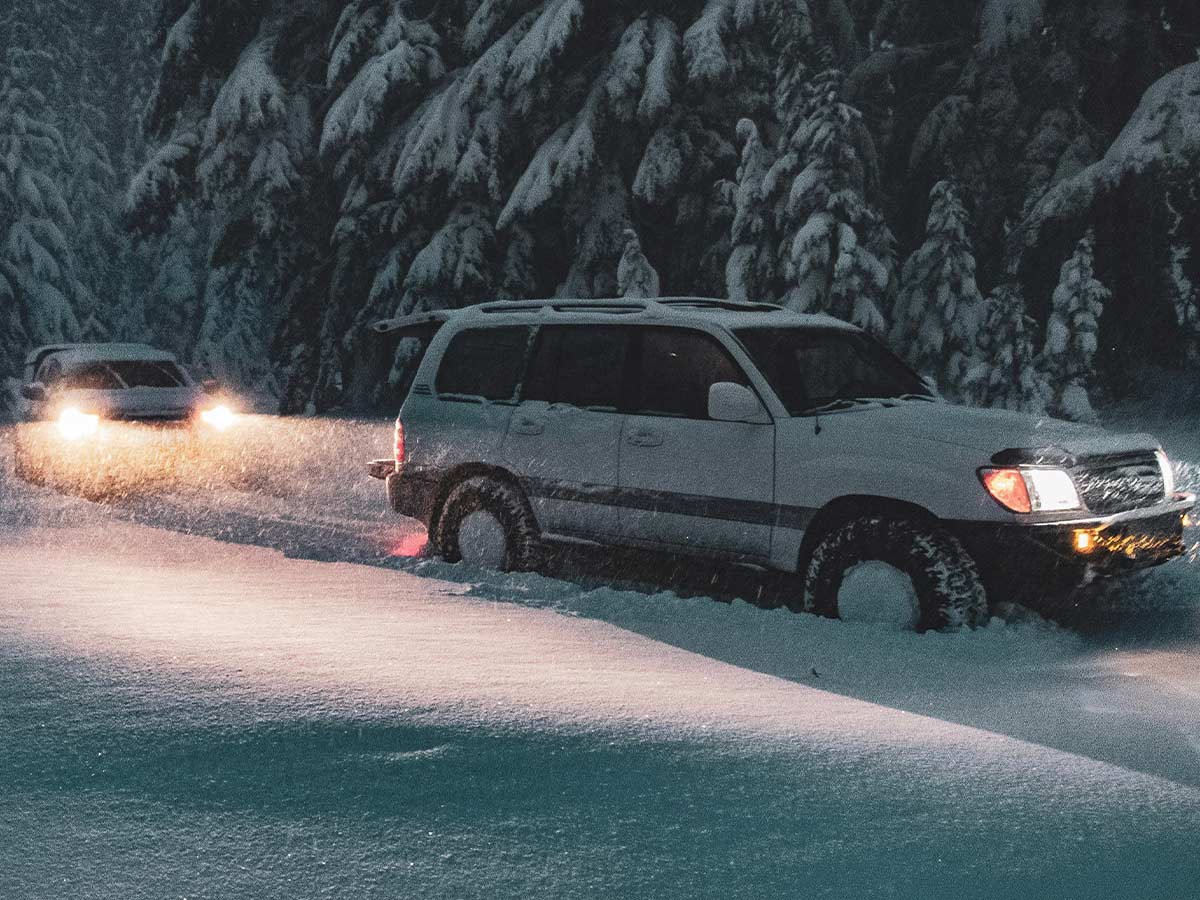
Winter roads are slippery, making stopping harder and sudden maneuvers riskier. Reduce your speed, even if conditions don’t look too bad at first glance. It’s essential to maintain a longer following distance; aim for at least 6–8 seconds between you and the vehicle ahead.
This extra space gives you more time to react if the car in front of you stops suddenly or if you need to brake unexpectedly. Adjusting your speed and distance for winter conditions can make all the difference in avoiding collisions when the road turns icy or slick.
5. Avoid Sudden Braking or Acceleration
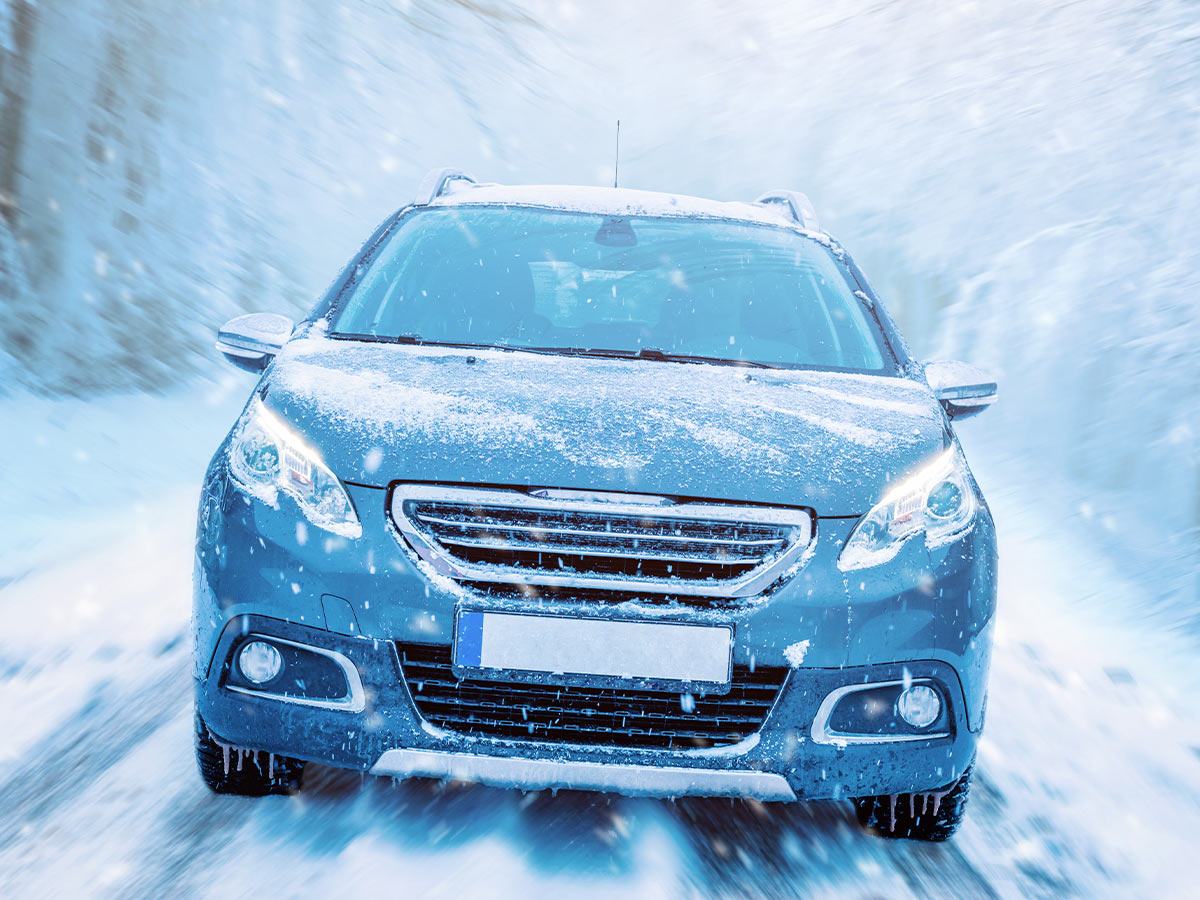
Smooth, steady movements are key when driving on icy or snowy roads. Sudden braking or rapid acceleration can easily cause your wheels to lose traction, leading to skidding. Instead, apply brakes gently, allowing your vehicle to slow down gradually and accelerate slowly to maintain control.
If you need to stop, try to anticipate it by decelerating earlier than usual. Using gentle, gradual motions helps maintain grip and minimizes the risk of losing control. By planning your stops and starts, you’ll improve your stability on the road and reduce the risk of skidding.
6. Know How to Handle Skids

Skids can be scary, but knowing how to react can help you regain control quickly. If your car starts to skid, resist the urge to slam on the brakes. Instead, take your foot off the accelerator and gently steer in the direction you want the front of the car to go.
This technique, called “steering into the skid,” helps the wheels realign with the road. Avoid sudden braking, as it can make the skid worse. Staying calm and using light steering movements can help you recover from a skid more safely.
7. Use Low Gear on Slippery Roads

Driving in a lower gear can be beneficial in snowy or icy conditions. Lower gears provide more traction by reducing the wheel’s tendency to spin on slippery surfaces. Switching to a low gear also helps control your speed on steep or slippery slopes, reducing the need for braking.
. Many automatic cars have a “low” gear setting for this purpose. If your car has this option, use it when navigating particularly icy roads or going down a hill.
8. Don’t Use Cruise Control
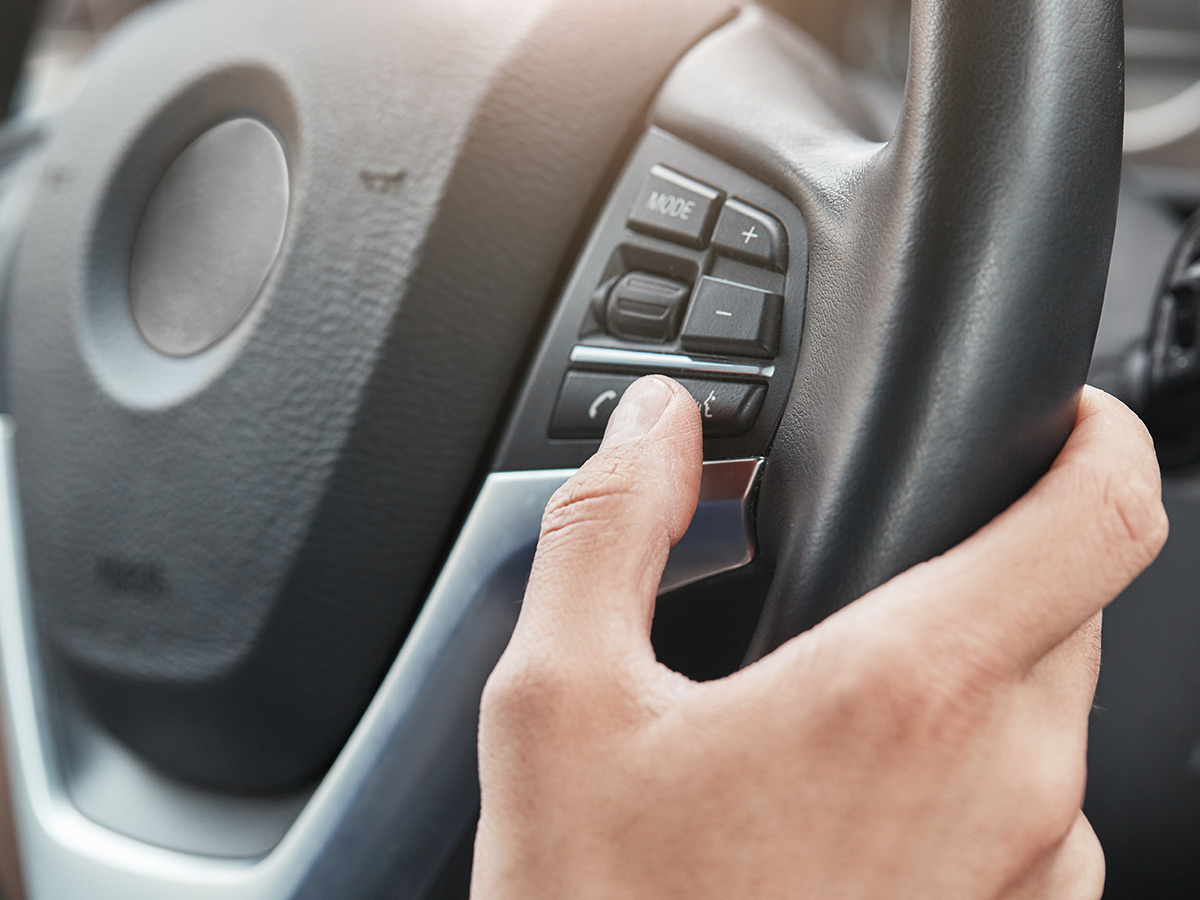
While cruise control can be convenient on long drives, it’s best to avoid it in wintry conditions. Cruise control maintains a constant speed, which can be dangerous if you hit an icy patch unexpectedly.
If your wheels begin to spin, cruise control might try to adjust speed automatically, making it harder for you to control the car. Instead, keep your foot on the pedal so you can adjust your speed quickly as road conditions change. Having full control of your speed is crucial when driving in slippery or unpredictable winter weather.
9. Know When to Brake and When to Coast
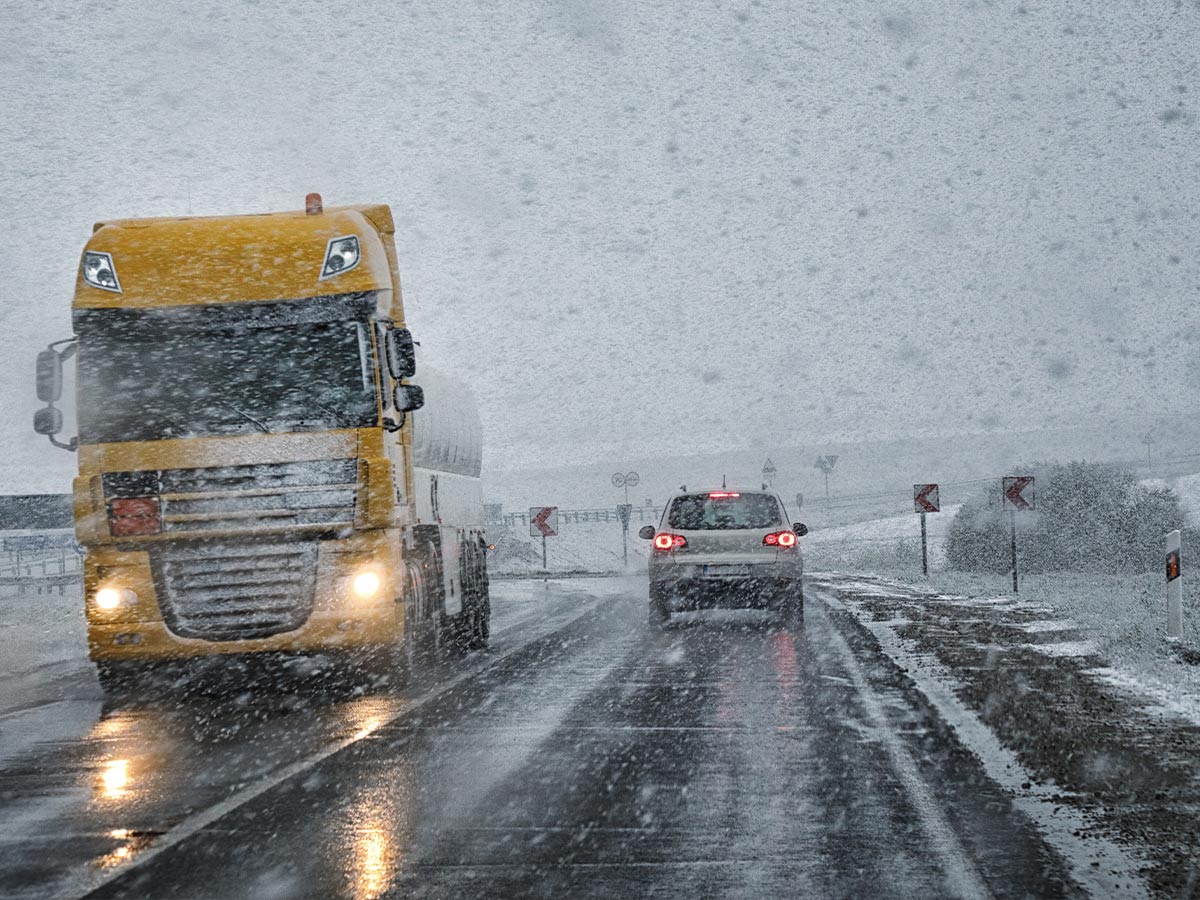
When going downhill in snowy or icy conditions, it’s often safer to coast rather than accelerate. Coasting allows your vehicle to naturally slow down, reducing the risk of skidding. When you do need to brake, do so gently and steadily to maintain control.
Avoid braking sharply, especially on turns, as this can easily cause your wheels to lock up or lose traction. By using controlled braking and coasting when possible, you’ll have better stability on the road and reduce the chance of sliding or losing control.
10. Be Extra Cautious on Bridges and Overpasses
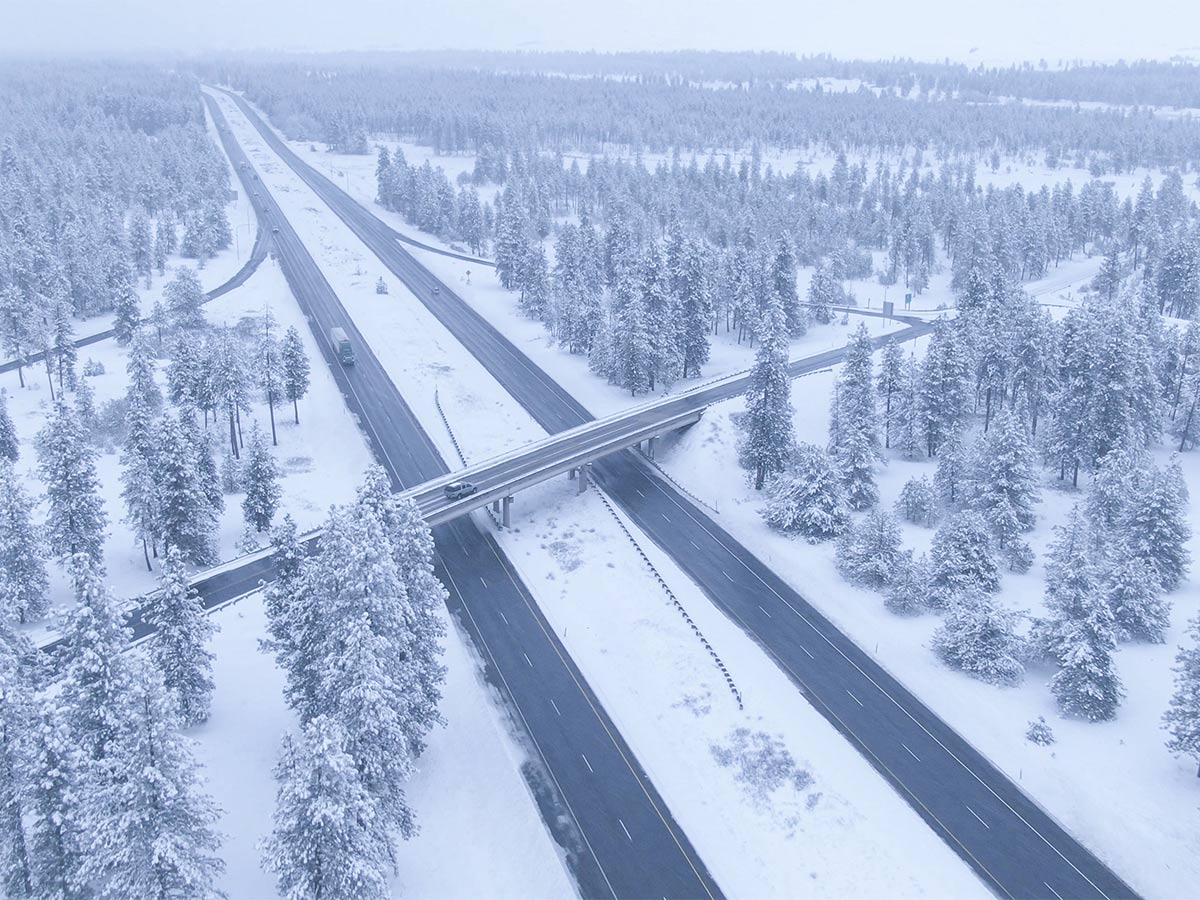
Bridges and overpasses are particularly prone to ice, as they’re surrounded by cold air that cools the road surface faster than regular roads. Approach these structures with caution, even if the main road seems clear.
Avoid sudden movements and go slower than usual when crossing, as icy patches can appear without warning. Since bridges and overpasses freeze before other areas, they can be deceptive and extra slick, increasing the risk of sliding.
11. Keep an Emergency Kit in Your Car
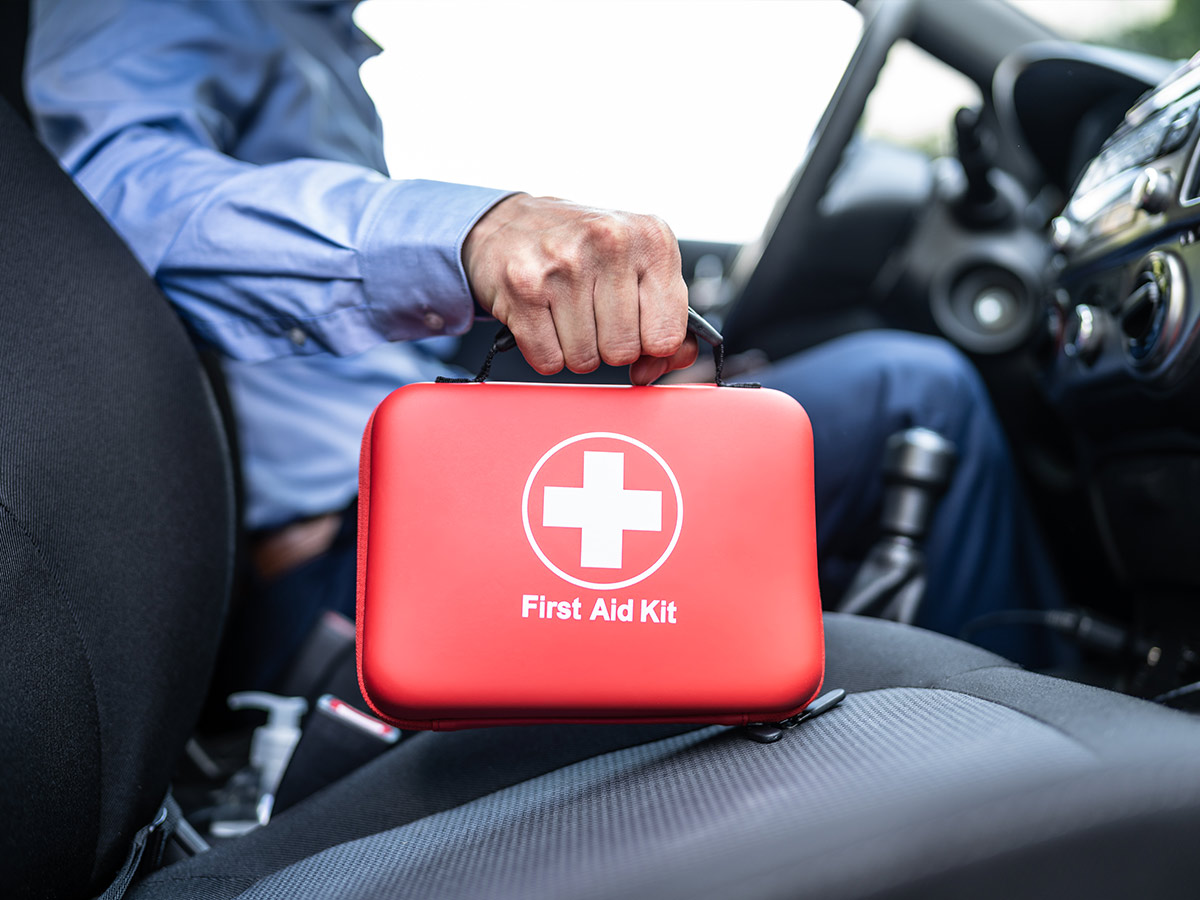
An emergency kit is essential when traveling in winter. Pack items like blankets, a flashlight, water, snacks, a phone charger, and a first-aid kit. For wintry weather, add a snow shovel, ice scraper, extra windshield washer fluid, and sand or cat litter for traction.
These emergency items will come in handy if you get stuck or stranded. Having basic supplies on hand can make a stressful situation more manageable and keep you safe if help is delayed.
12. Keep Fuel Levels High
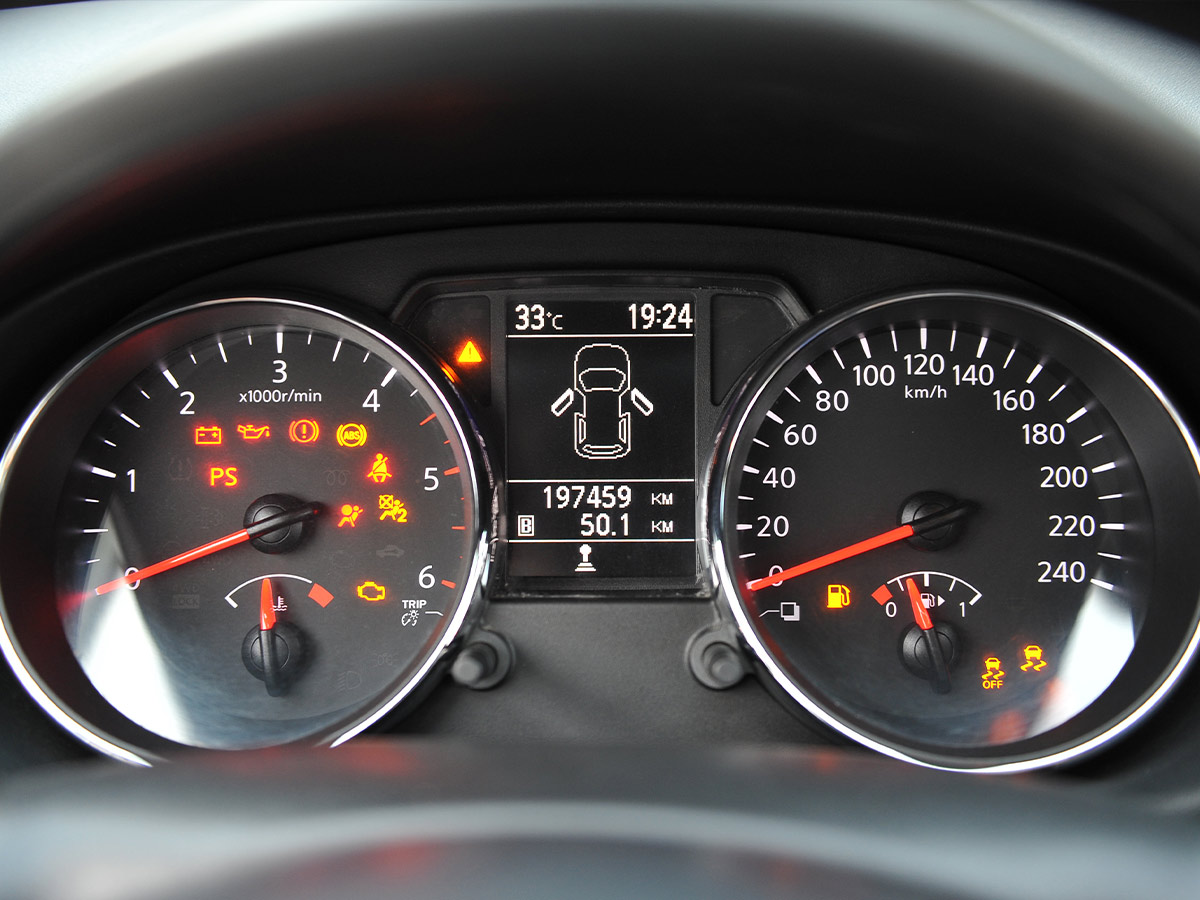
Always aim to keep your gas tank at least half-full during the winter. If you get stranded or stuck in traffic, a full tank ensures you can keep your car running for warmth.
Additionally, a fuller tank prevents fuel line freezing in extremely cold temperatures. Low fuel levels can lead to condensation in the tank, which can freeze and block fuel lines.
13. Avoid Stopping on Hills

Stopping on a hill in snowy conditions can make it hard to start moving again without sliding. If you’re approaching an uphill, try to gain some momentum beforehand and avoid stopping halfway.
If you have to stop, you may lose traction and struggle to get going again, especially on ice. By planning your approach and keeping a steady speed, you’ll increase your chances of making it up hills safely without losing traction or sliding backward
14. Use Sand or Kitty Litter for Traction
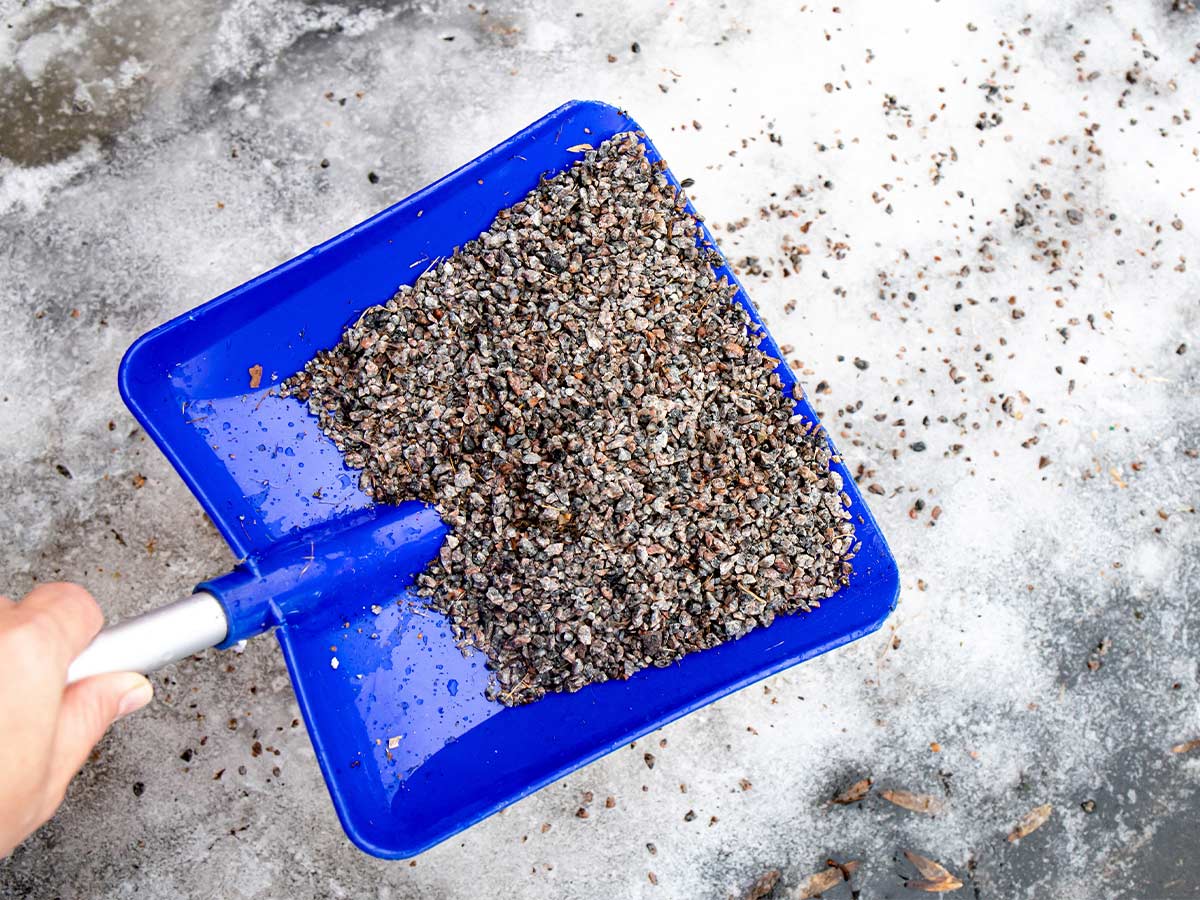
If you find yourself stuck in the snow, items like sand, cat litter, or traction mats can help. Spread a layer around your tires to create grip and help your car move forward. These materials work by adding a rough surface that your tires can grab onto, making it easier to get out of icy or snowy spots.
Traction aids are inexpensive, easy to store in your trunk, and can make all the difference if you’re in a slippery situation.
15. Plan Your Route in Advance and Use GPS with Traffic Alerts

Before hitting the road, check the weather and road conditions on your planned route. GPS apps that offer real-time traffic and road condition updates can help you avoid areas with accidents, road closures, or heavy snow.
Some apps also provide alerts for icy patches or hazardous conditions, so you can adjust your route if necessary. Knowing what to expect on the road ahead can help you prepare for any surprises and ensure a safer, less stressful journey.
 Author
James Stephens
Last Updated: May 07, 2025
Author
James Stephens
Last Updated: May 07, 2025